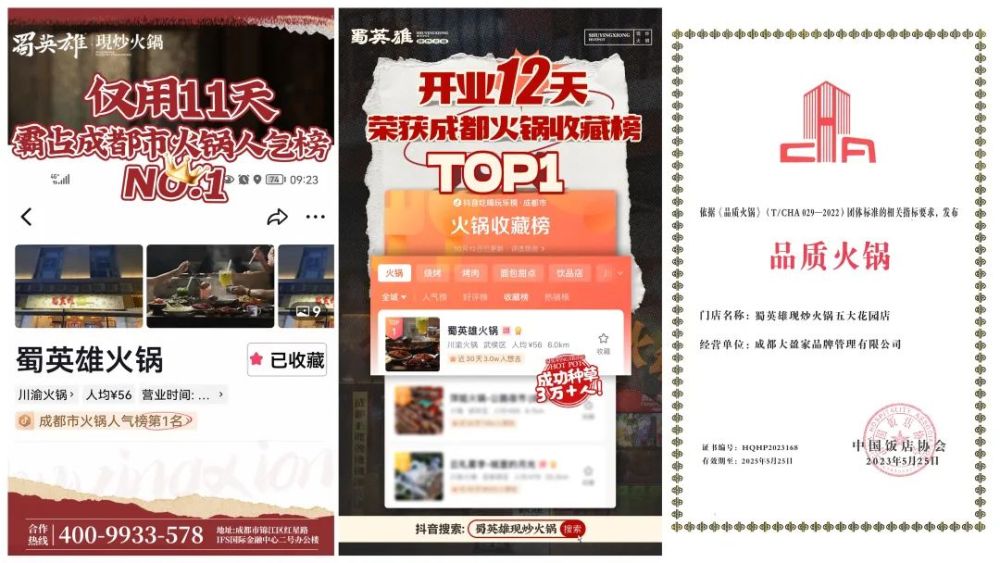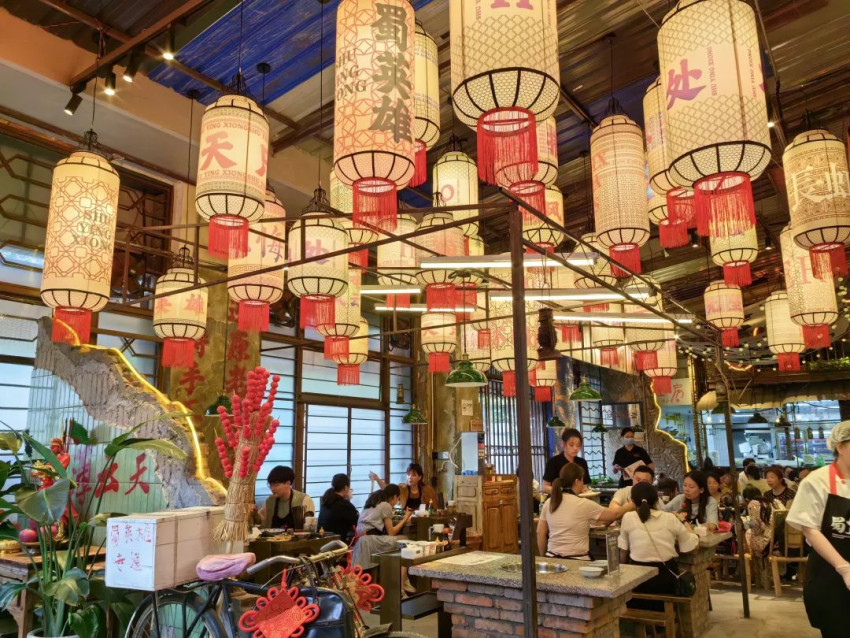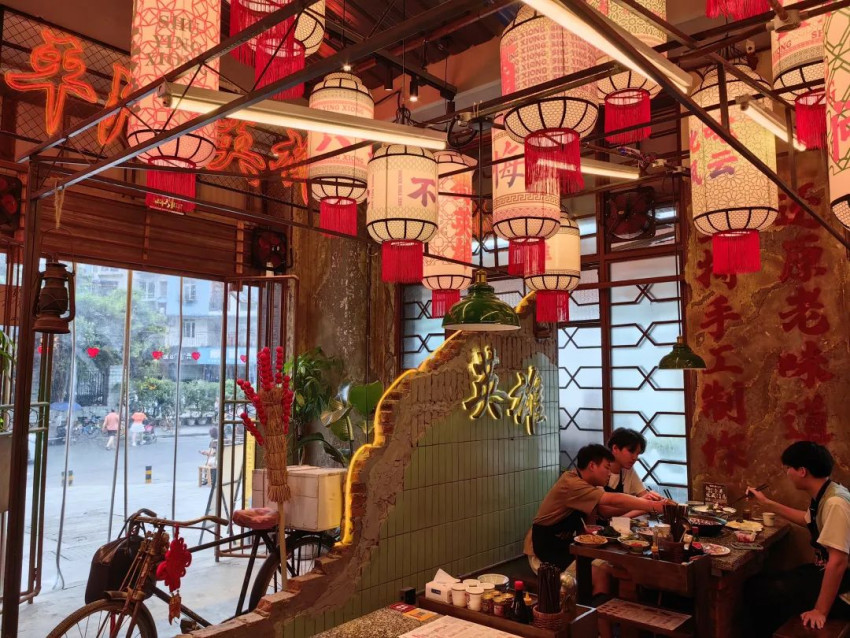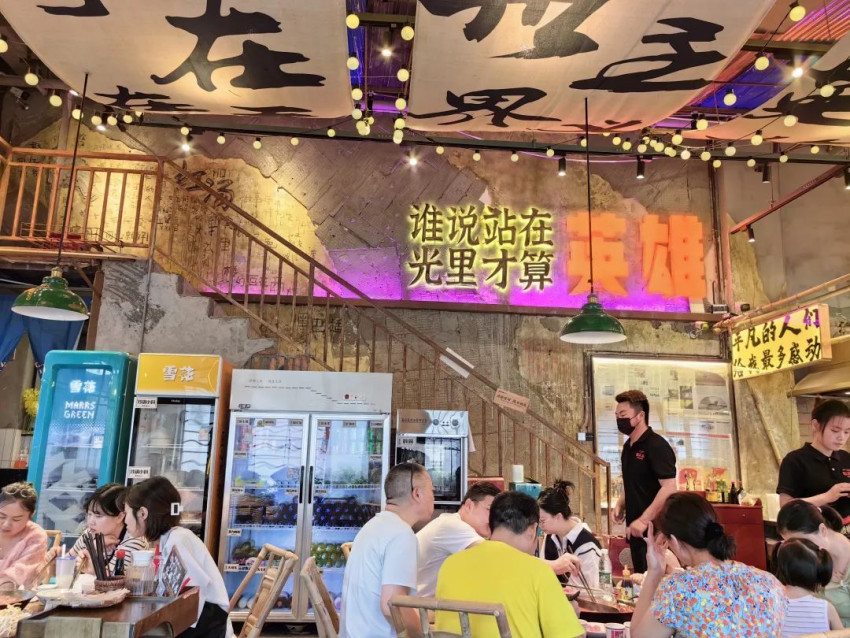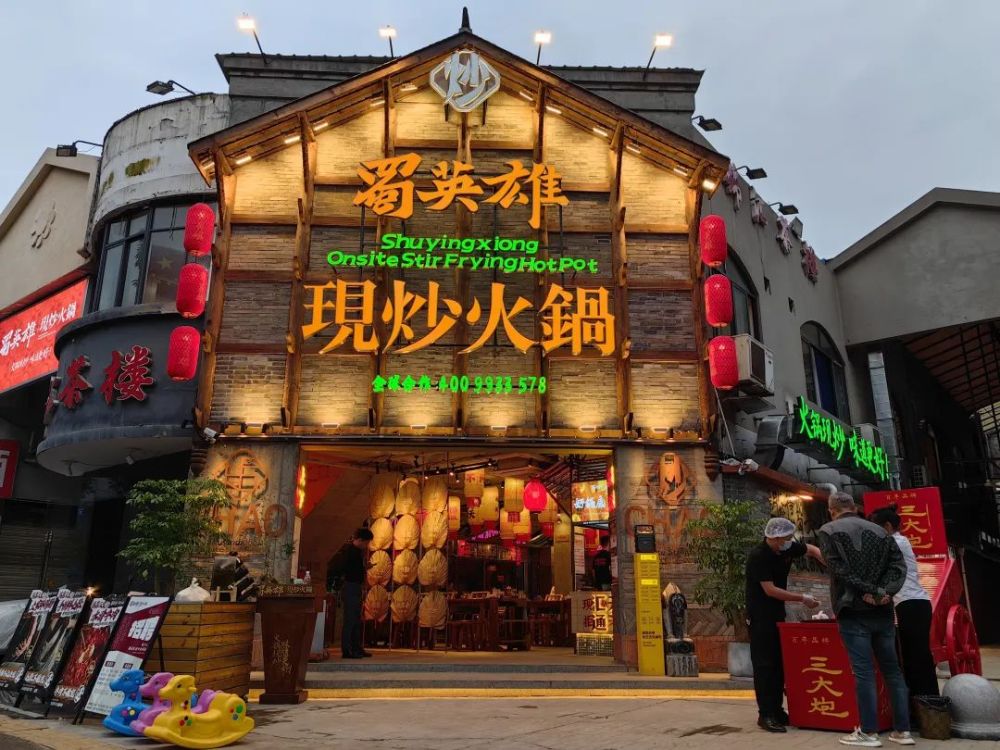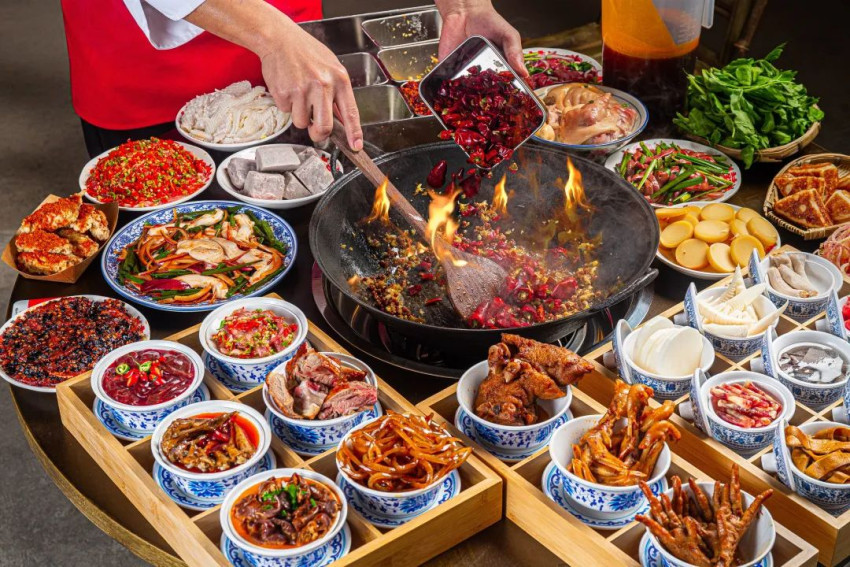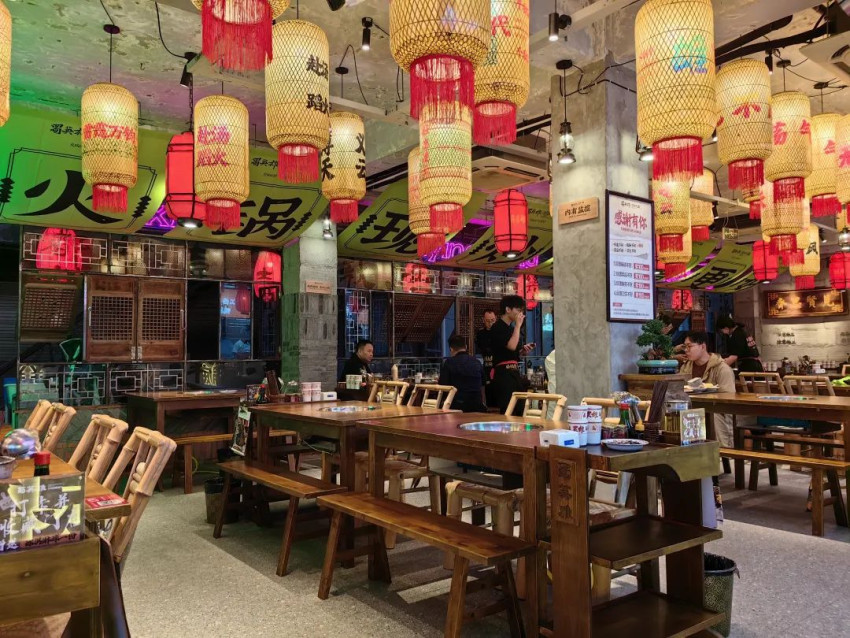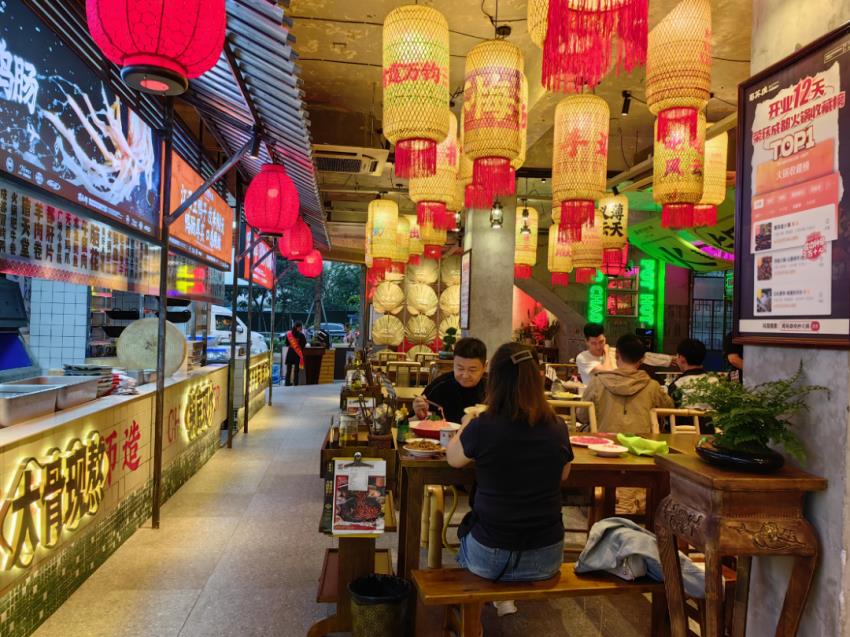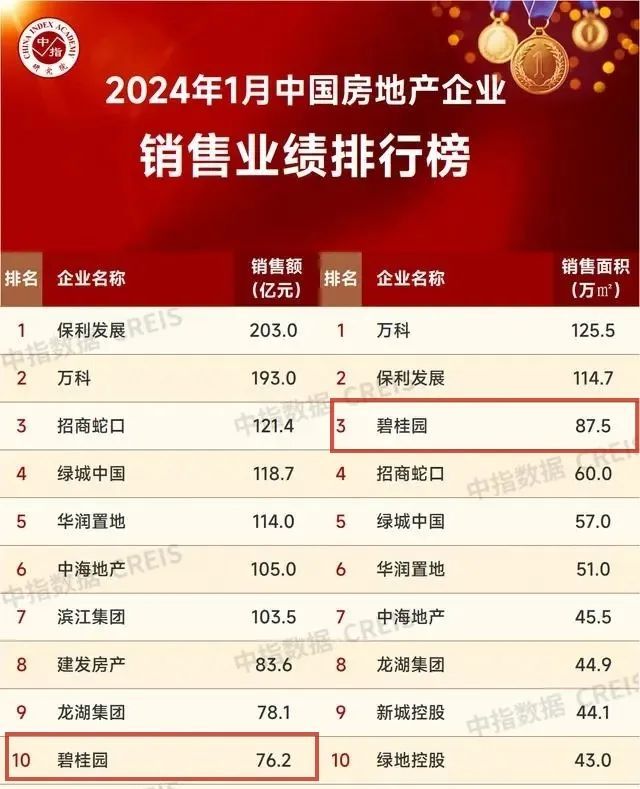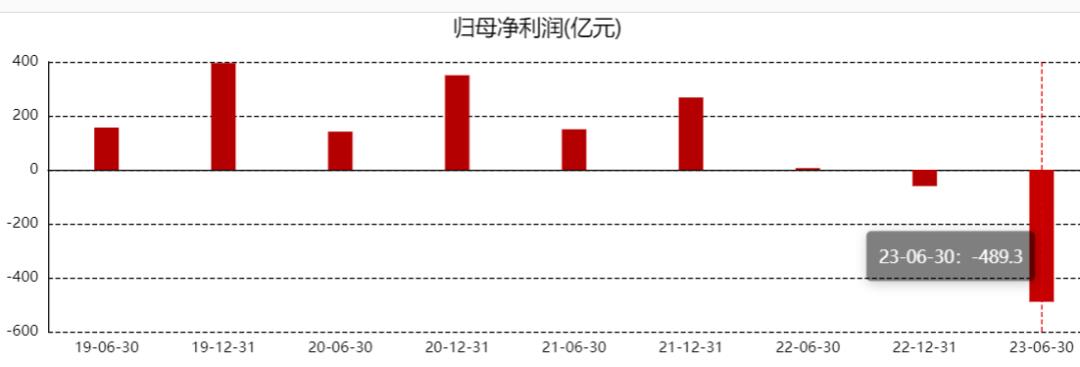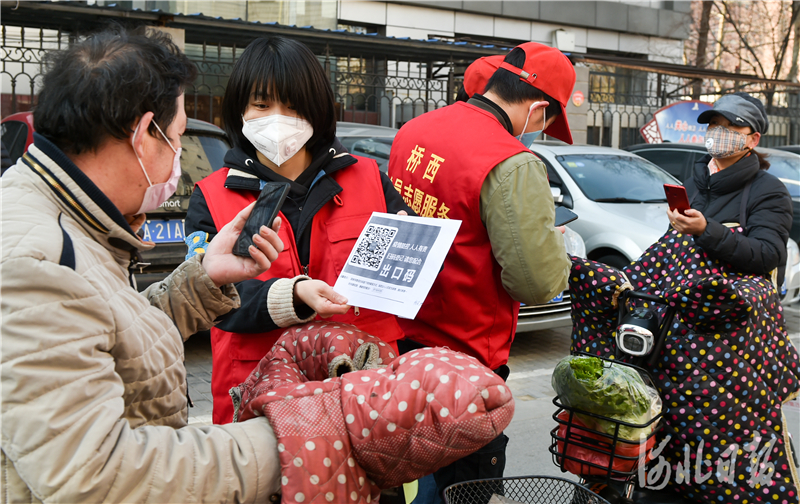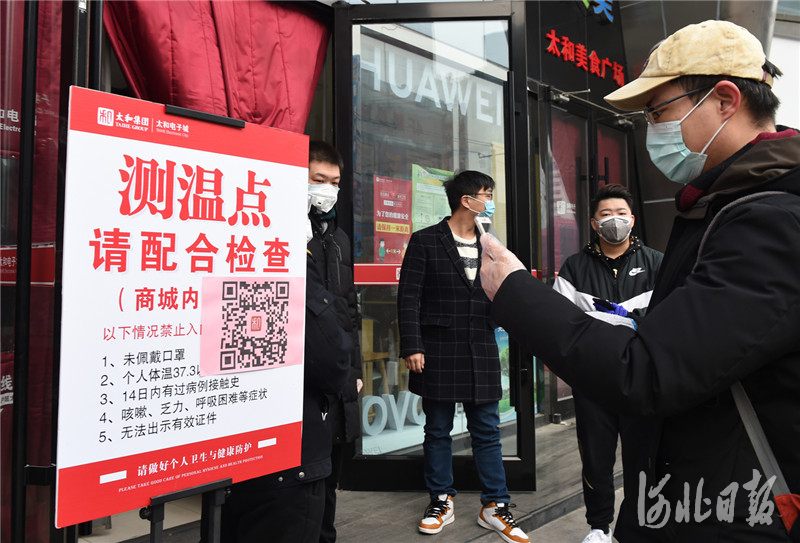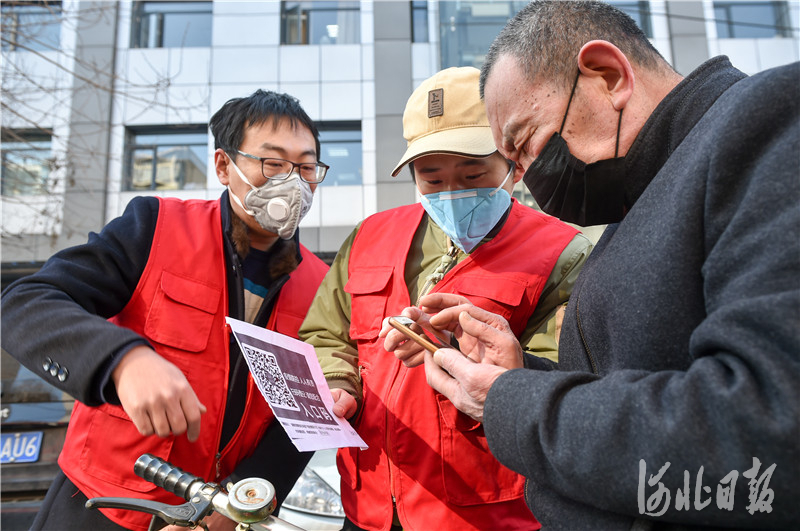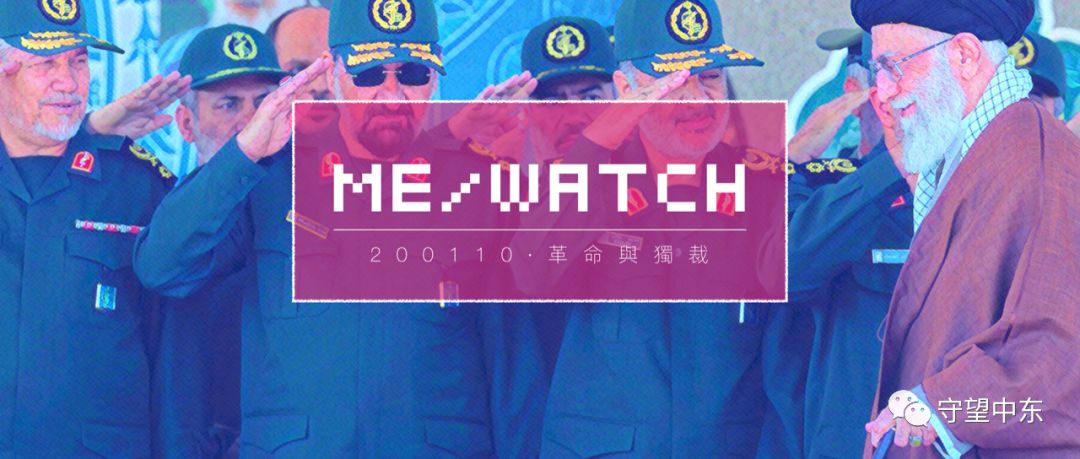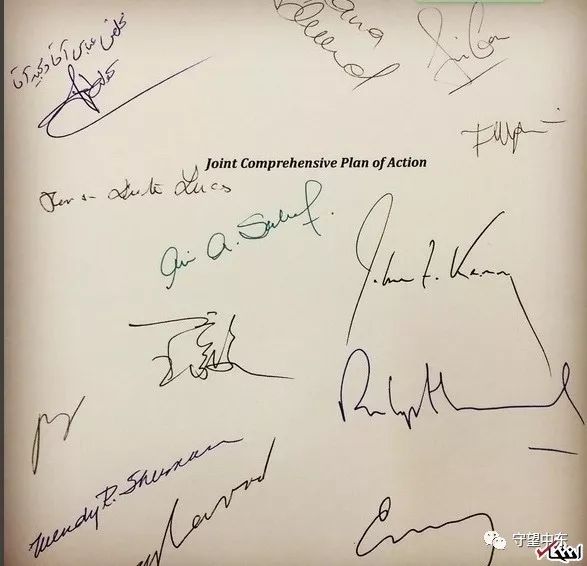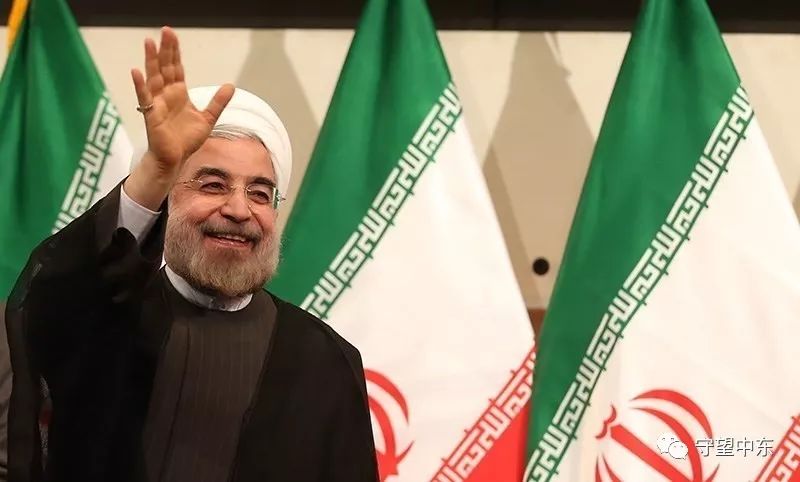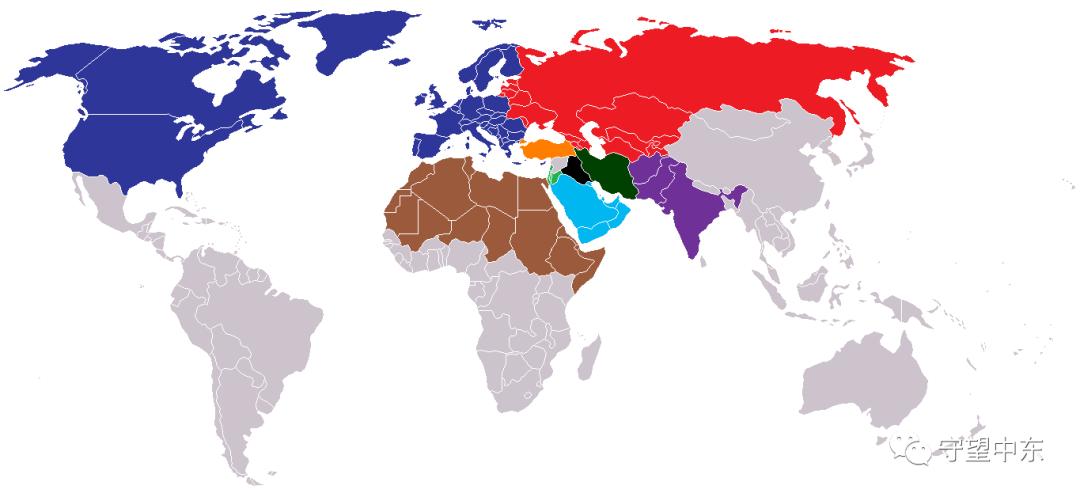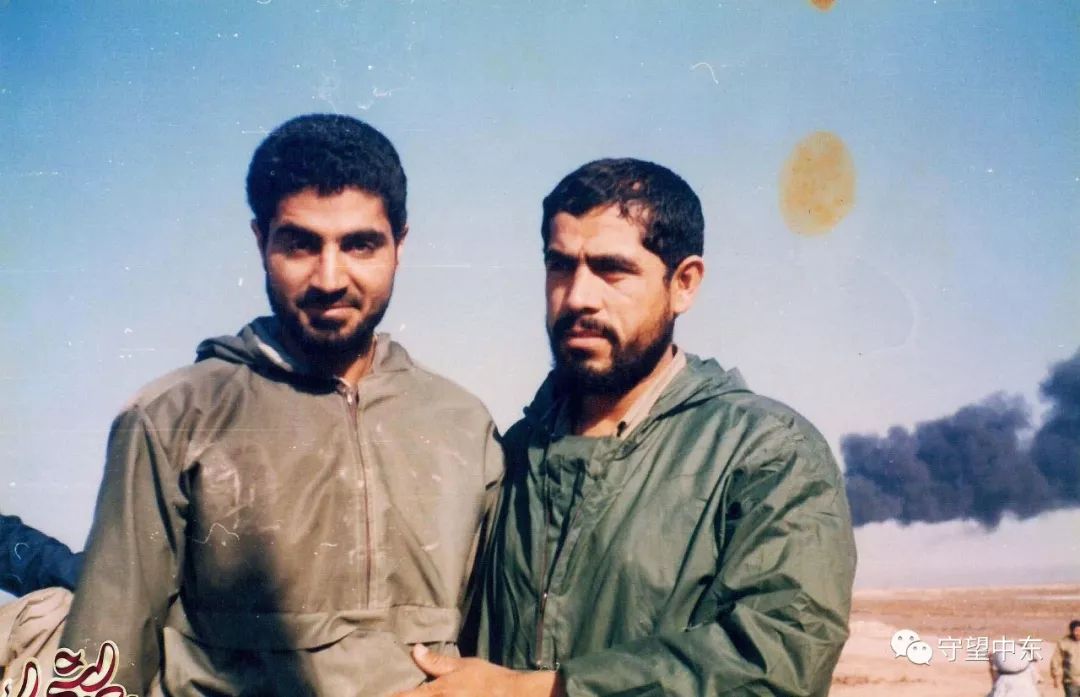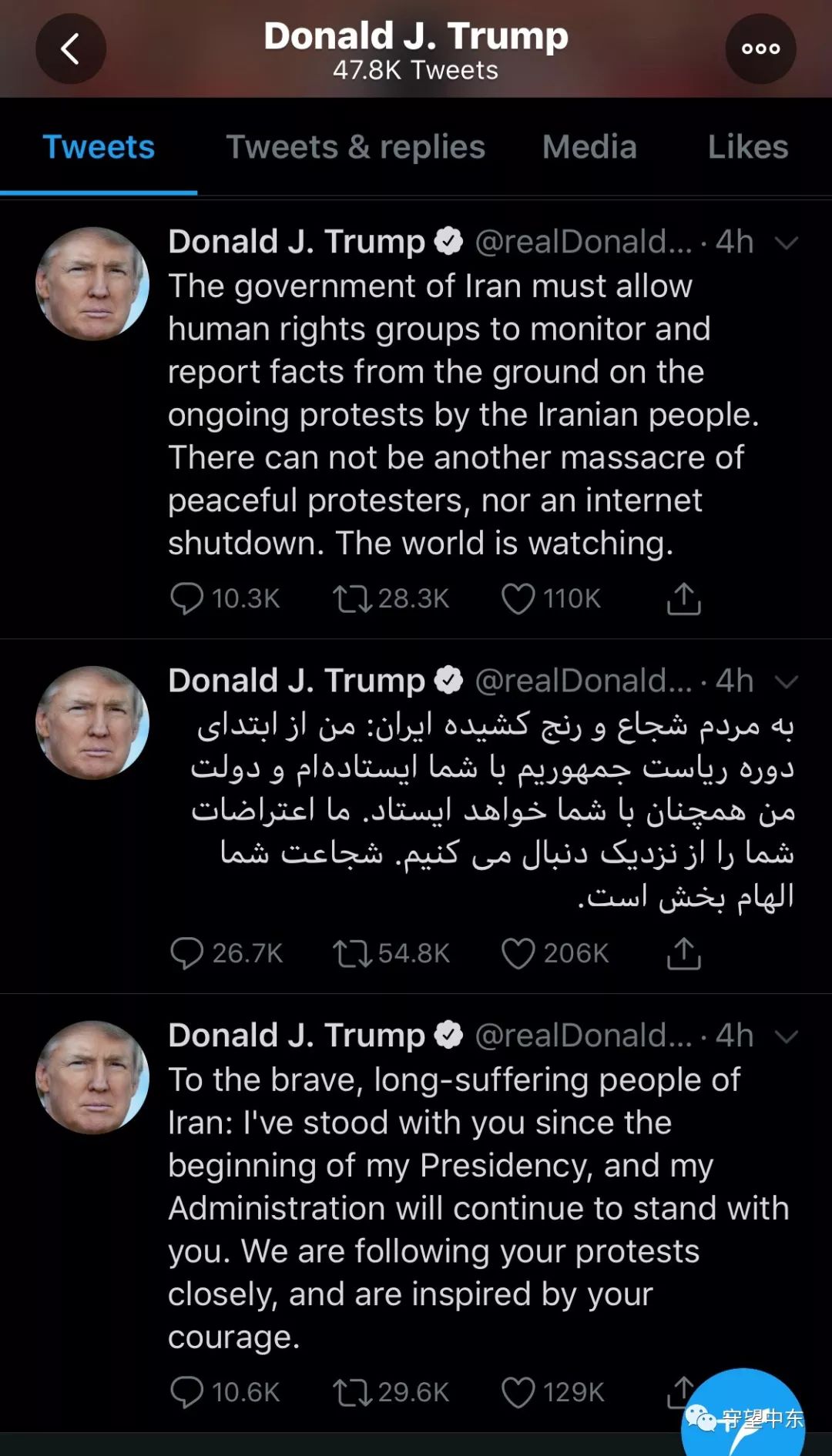China has always made unremitting efforts to promote the building of a community of human destiny —— China’s diplomacy in 2023 under a hundred-year change.
When 2023 begins, people have both hope and anxiety about this year. The hope is that after three centuries of epidemic, countries have reopened their doors, and the weather is new, which has the momentum of "reorganizing rivers and mountains"; Worry stems from the fact that the epidemic in three years is like a big war, and the post-epidemic world also has the post-war sorrow of "all kinds of sores, all kinds of waste to be revived".
What’s more, in 2023, not only did the Russian-Ukrainian conflict, which lasted for more than a year, still fail to achieve a ceasefire, but a new round of conflict broke out between Palestine and Israel, and the war in the Middle East resumed, which caused a serious impact on the post-epidemic world. The cold war mentality is ready to move again, and various "decoupling theories" have emerged, and globalization has suffered an unprecedented crisis.
The world is facing a great change that has never happened in a century. Peace or war? Cooperation or confrontation? Open or closed? Win-win or zero-sum This is the "question of the times" before all countries in the world.
China’s answer to this question is that he wants peace instead of war, cooperation instead of confrontation, openness instead of closure, and win-win instead of zero sum. China’s diplomacy in 2023 will focus on this. At the moment when the international community is confused and anxious, China’s series of measures and actions have played the role of "raising the flag and directing it".
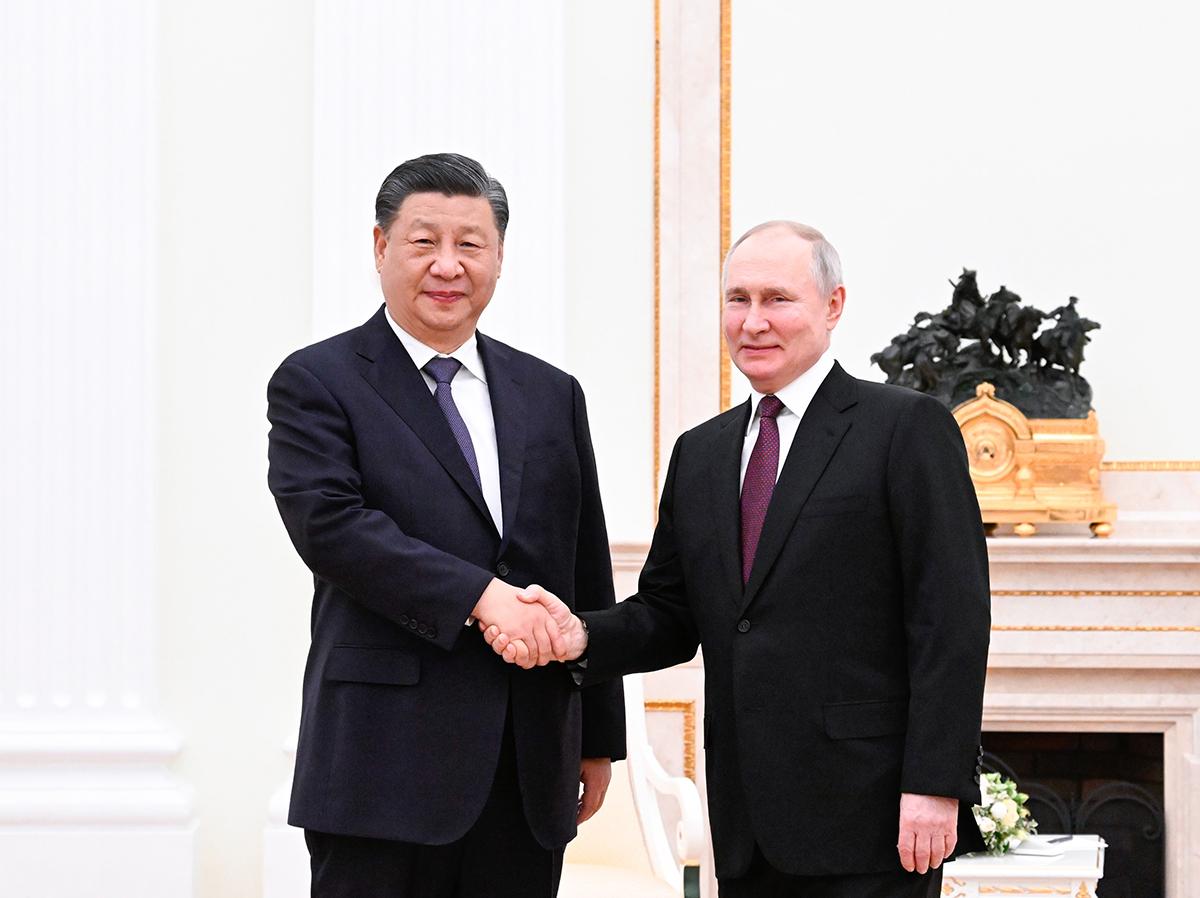
On the afternoon of March 20th, 2023, local time, the Supreme Leader of president met with Russian President Vladimir Putin at the Kremlin. Xinhua News Agency reporter Shen Hongshe
Want peace instead of war: China actively persuaded peace and promoted talks in 2023.
On March 10th, during the two sessions of the National People’s Congress in China, a news that shocked the world was sent from Beijing. With the promotion and support of China, Saudi Arabia and Iran successfully held a dialogue in Beijing, and decided to bury the hatchet and restore diplomatic relations between the two countries. This has brought a long-lost "diplomatic surprise" to the chaotic world.
Then, the Chairman of the Supreme Leader went to Russia on March 20th to persuade and promote talks. Less than a month ago, on the occasion of the first anniversary of the Ukrainian crisis, China issued the document "China’s Position on Political Settlement of the Ukrainian Crisis", which attracted great attention from the international community.
During his visit to Russia, the Chairman of the Supreme Leader had a frank and in-depth exchange with President Putin on the Ukrainian crisis. The heads of state of China and Russia signed a joint statement after the talks, emphasizing the settlement of the Ukrainian crisis through peace talks.
On October 7, the war in the Middle East resumed, and a new round of conflict broke out between Palestine and Israel, causing a large number of civilian casualties and leading to a serious humanitarian disaster. China is extremely concerned about this and has repeatedly called for a ceasefire. In November, after China assumed the rotating presidency of the Security Council, it quickly took the Palestinian-Israeli conflict as the most urgent issue. First, it presided over the adoption of the first Security Council resolution since the current round of conflict, and then it convened a high-level meeting of the Security Council on the Palestinian-Israeli issue.
On November 30th, China’s Ministry of Foreign Affairs issued the "China’s Position Paper on Solving the Palestinian-Israeli Conflict", putting forward suggestions such as promoting a comprehensive ceasefire and stopping the war, and effectively protecting civilians.
A "diplomatic surprise", two documents and numerous diplomatic intercessions show that China has always stood on the side of peace and justice, and that China has always made unremitting efforts to restore peace to the world and restore peace to the people.
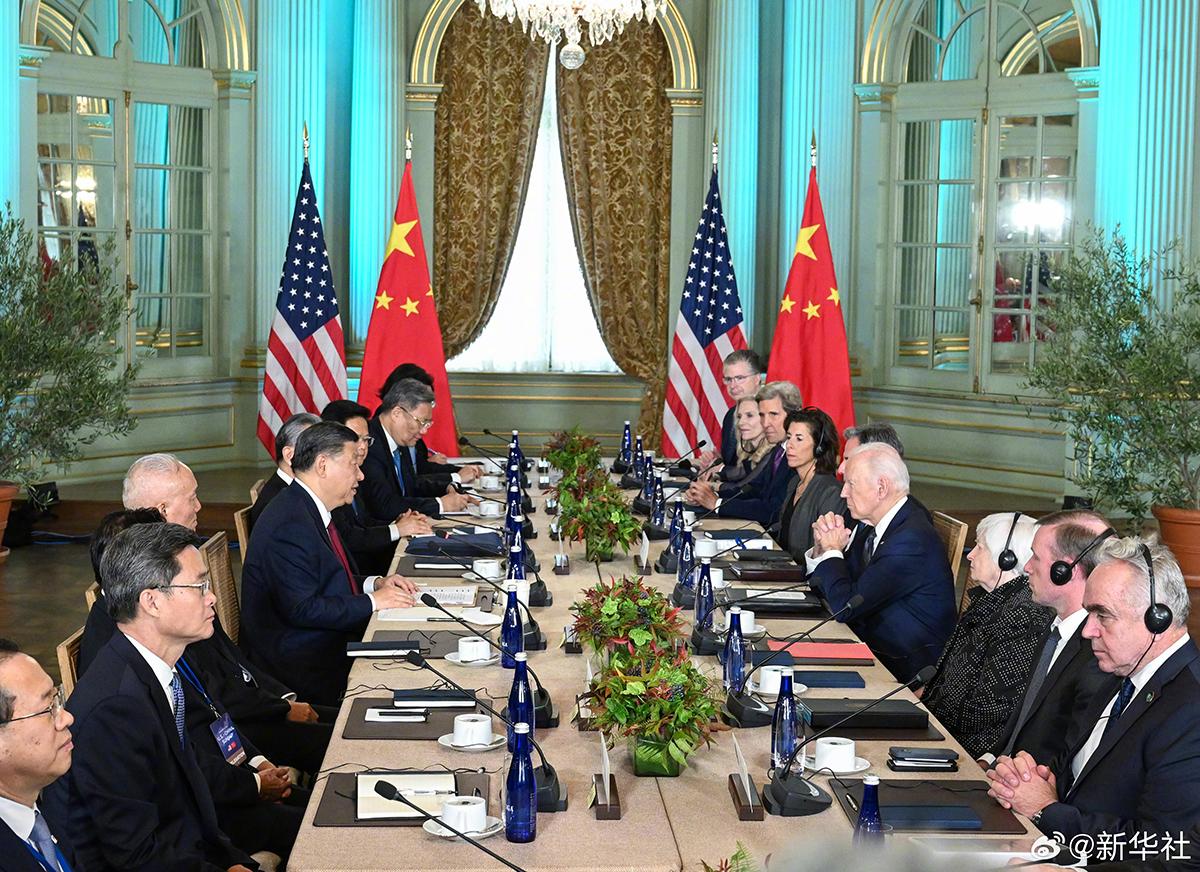
On November 15th, 2023, local time, the Supreme Leader of president held the first meeting of the US dollar with US President Biden at the Filoli Manor in San Francisco, USA. Xinhua News Agency reporter Rao Aimin photo
Cooperation without confrontation: China and the United States jointly draw the "San Francisco Vision" in 2023
Sino-US relations are the most important bilateral relations in the world today, and whether China and the United States can get along correctly is related to the future of the world. Regrettably, the United States has always viewed China’s development with a negative attitude, constantly attacking China, and relations between the two countries have fallen into a low ebb in recent years. Last November, the first heads of state of China and the United States met in Bali and reached the Bali Consensus. However, instead of implementing it, the US side ran counter to this and made a series of bad words and deeds that infringed on China’s core interests, which led to the interruption of the dialogue agenda to improve bilateral relations and the bilateral relations fell into the lowest point since the establishment of diplomatic relations.
The international community is generally worried about the status quo of Sino-US relations, and does not want to see conflict and confrontation between the two countries, and is unwilling to take sides between China and the United States. China attaches great importance to the overall situation and is willing to restart the dialogue process with the US. From June to October, US Secretary of State Blinken, Treasury Secretary Yellen, Presidential Special Envoy for Climate Issues Kerry, Minister of Commerce Raymond, Senate Majority Leader Schumer, California Governor Newsom and other high-ranking officials paid intensive visits to China. Later, members the Political Bureau of the Communist Party of China (CPC) Central Committee, Foreign Minister Wang Yi and the Political Bureau of the Communist Party of China (CPC) Central Committee, Vice Premier the State Council and Chinese leader of Sino-US economic and trade He Lifeng visited the United States successively, which finally led to the first meeting of the US dollar in San Francisco on November 15, and promoted the stability and improvement of Sino-US relations at a historic juncture.
During the meeting, the supreme leader pointed out that the world today is undergoing a great change that has never happened in a century. China and the United States have two choices: one is to strengthen unity and cooperation, work together to meet global challenges, and promote world security and prosperity. The other is to hold zero-sum thinking, provoke camp opposition, and let the world move toward turmoil and division.
Two choices represent two directions. "China is willing to be a partner and friend with the United States." That night, at the joint welcoming banquet of American friendship groups, the chairman of the Supreme Leader said this.
But the premise is that the two countries must "respect each other, coexist peacefully and win-win cooperation", which is the fundamental follow-up in handling Sino-US relations. During this meeting, the Chairman of the Supreme Leader focused on the new situation and further put forward the "San Francisco Vision" for opening up Sino-US relations for the future.
The first meeting between China and the United States in San Francisco was positive, comprehensive and constructive, which pointed out the direction and planned the blueprint for the healthy, stable and sustainable development of Sino-US relations. However, we should also see that there are still many deep-seated and structural problems in Sino-US relations. Whether Sino-US relations can be consolidated for the better depends on whether the US can keep its promise, move in line with China and truly implement the consensus reached by the two heads of state.
San Francisco is not the end, but a new starting point for Sino-US relations.

On October 18th, 2023, the Supreme Leader of president attended the opening ceremony of the third Belt and Road International Cooperation Summit Forum and delivered a keynote speech at the Great Hall of the People. This is the supreme leader and international guests entering the venue. Xinhua News Agency reporter Yip Wong photo
Be open but not closed: In 2023, China is committed to expanding its high-level opening to the outside world.
The epidemic has been going on for three years, and the world has witnessed unprecedented changes and accelerated evolution. In view of all kinds of Cold War mentality and "decoupling theory", China clearly put forward the proposition of supporting the construction of an open world economy and opposing "decoupling and breaking the chain". Throughout 2023, China repeatedly reiterated on different occasions that China’s opening to the outside world will become wider and wider, and China’s ongoing "Chinese modernization" will bring greater opportunities to all countries in the world.
This year marks the 10th anniversary of the "One Belt, One Road" initiative. In the past 10 years, building the "Belt and Road" has become the most popular international public product and the largest international cooperation platform in the world today. China’s two major home diplomatic activities this year — — The first China-Central Asia Summit and the third Belt and Road International Cooperation Summit Forum are both related to the Belt and Road Initiative.
"Chang’ an will join hands and take care of thousands of dollars." May 18th & mdash; On the 19th, the first China-Central Asia Summit was held in Xi ‘an, the eastern starting point of the ancient Silk Road. China and the five Central Asian countries got together to continue the Millennium friendship and jointly open up a brand-new future. At this summit, all parties agreed to formally establish the summit mechanism between China and Central Asia, and reached broad consensus on building a closer China-Central Asia destiny community together.
October 17th & mdash; On the 18th, the third Belt and Road International Cooperation Summit was held in Beijing, at which China announced eight actions to support the high-quality construction of the Belt and Road.
Wang Yi, member of the the Political Bureau of the Communist Party of China (CPC) Central Committee and Foreign Minister, concluded that although the world is facing various crises and challenges, the attitude of all countries attending this forum is very clear: we all come for friendship, cooperation and development. The forum sent a clear and definite signal to the world, that is, we should unite without division, cooperate without confrontation, be open without closure, and win-win without zero sum.
In addition to these two major diplomatic activities at home, China has frequently held various forums and exhibitions this year to fulfill its commitment of opening up to the outside world at a high level and supporting the construction of an open world economy. From the 2023 annual meeting of China Development Forum and Boao Forum for Asia at the beginning of the year, to the 2023 Service Trade Fair and the 134th Canton Fair in the middle of the year, and then to the 6th China International Import Expo(CIIE) and the 1st Chain Expo at the end of the year, these forums and exhibitions will be almost uninterrupted throughout 2023.
In this regard, people from all walks of life around the world responded positively and visited China in succession, including Microsoft founder Bill Gates, Apple CEO Cook, Tesla CEO Musk and other top corporate executives in the world. They were all warmly welcomed by the Chinese side. Bill Gates was even met by the Chairman of the Supreme Leader.

On the morning of May 19th, 2023, the Supreme Leader of president hosted the first China-Central Asia Summit in Xi ‘an, Shaanxi Province, and delivered a keynote speech entitled "Building a China-Central Asia Destiny Community with mutual help, common development, universal security and friendship from generation to generation". After the summit, the Supreme Leader and the heads of five Central Asian countries jointly planted six pomegranate trees, which not only witnessed the Millennium friendly exchanges between China and Central Asia, but also symbolized the close unity and cooperation between China and Central Asia, and pinned their hopes on the bright future of China-Central Asia relations. Xinhua News Agency reporter Liu Bin photo
Win-win, not zero sum: China will make unremitting efforts to promote the building of a community of human destiny in 2023.
From December 12th to 13th, near the end of the year, the Chairman of the Supreme Leader paid a state visit to Vietnam. During this historic visit, China and Vietnam announced that on the basis of deepening China-Vietnam comprehensive strategic cooperative partnership, they would work together to build a strategic community of destiny between China and Vietnam. The international community is highly concerned about this.
Previously, China issued action plans, joint statements or reached important consensus with Laos, Cambodia, Myanmar, Indonesia, Thailand, Malaysia, Pakistan, Mongolia, Cuba, South Africa and other countries on building a bilateral community of destiny, and implemented full coverage of the community of human destiny with the five Central Asian countries at the bilateral level.
China’s plan is to join hands with other countries to build a community of human destiny.
The year 2023 marks the 10th anniversary of the idea of a community of human destiny put forward by the Chairman of the Supreme Leader. On March 15th, a high-level dialogue between the Communist Party of China (CPC) and the world’s political parties was held in Beijing, at which the top leaders announced the global civilization initiative.
Together with the global development initiative and global security initiative put forward before, the connotation and practical path of the concept of community of human destiny have been greatly enriched, and it has become a feasible solution to the current "change of the world, the change of the times and the change of history".
Looking at China’s diplomacy in 2023, from the first China-Central Asia Summit to the third Belt and Road International Cooperation Summit Forum, from the meeting of BRICS leaders in Johannesburg to the informal meeting of APEC leaders in San Francisco, from the meeting between the heads of state of China and Russia at the beginning of the year to the state visit to Vietnam at the end of the year, China is making unremitting efforts to promote the building of a community of human destiny with other countries, whether at home diplomacy or foreign visits, multilateral summits or bilateral meetings.
This is an era full of challenges, but also an era full of hope.
"Building a community of human destiny is the future of people all over the world. Everything breeds without harming each other, and Tao runs parallel without contradicting each other. Only when countries follow the path of the world, live in harmony and win-win cooperation can prosperity last and security be guaranteed. " In the party’s Report to the 20th CPC National Congress, the supreme leader described the beautiful picture of the community of human destiny in this way. (Text/Liu Junling)
Editor: Cai Xiaojuan and Wang Yuebo
